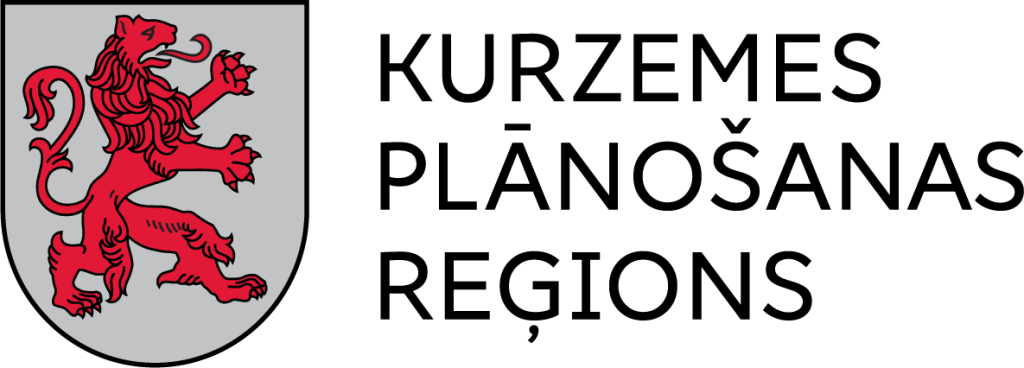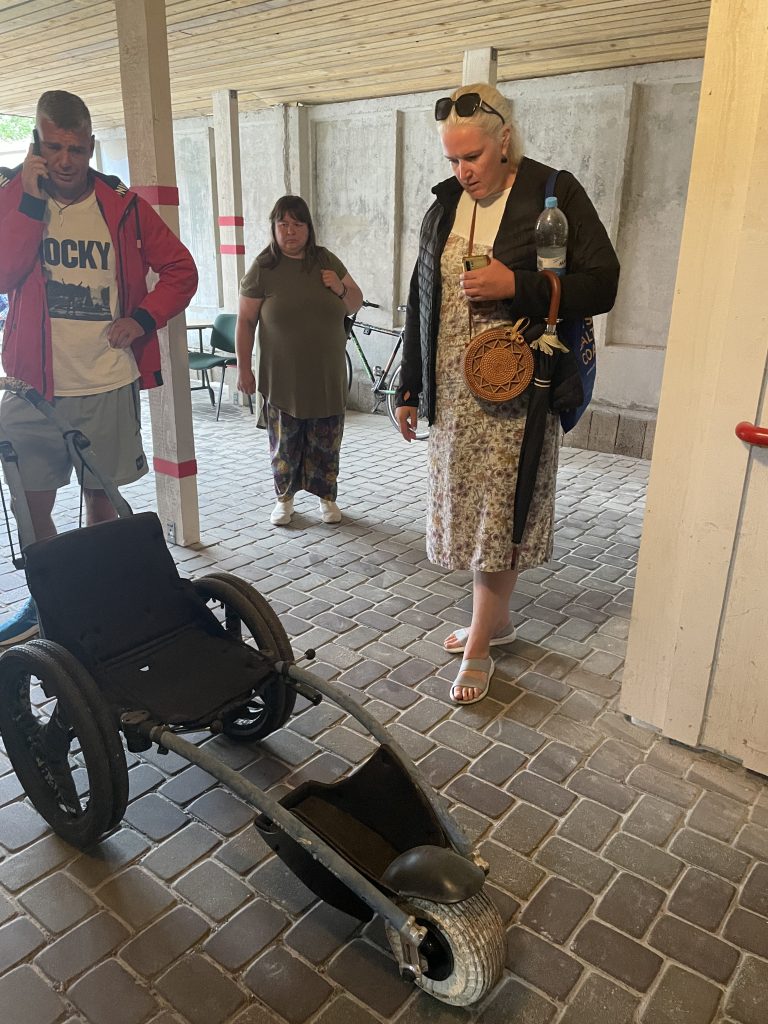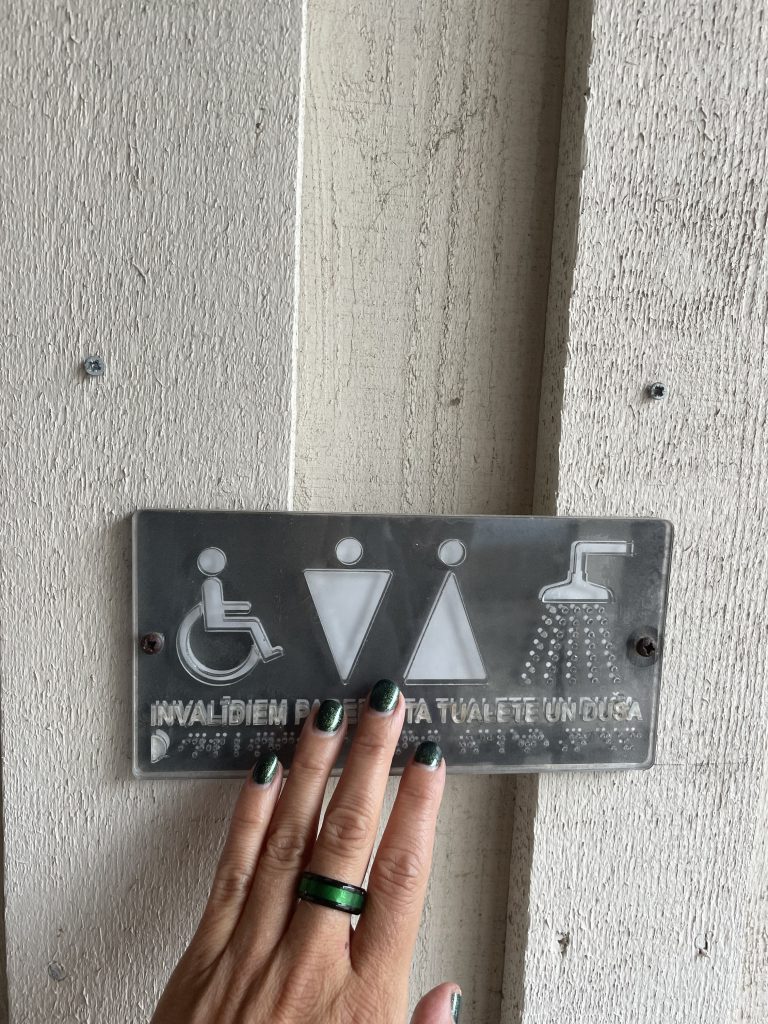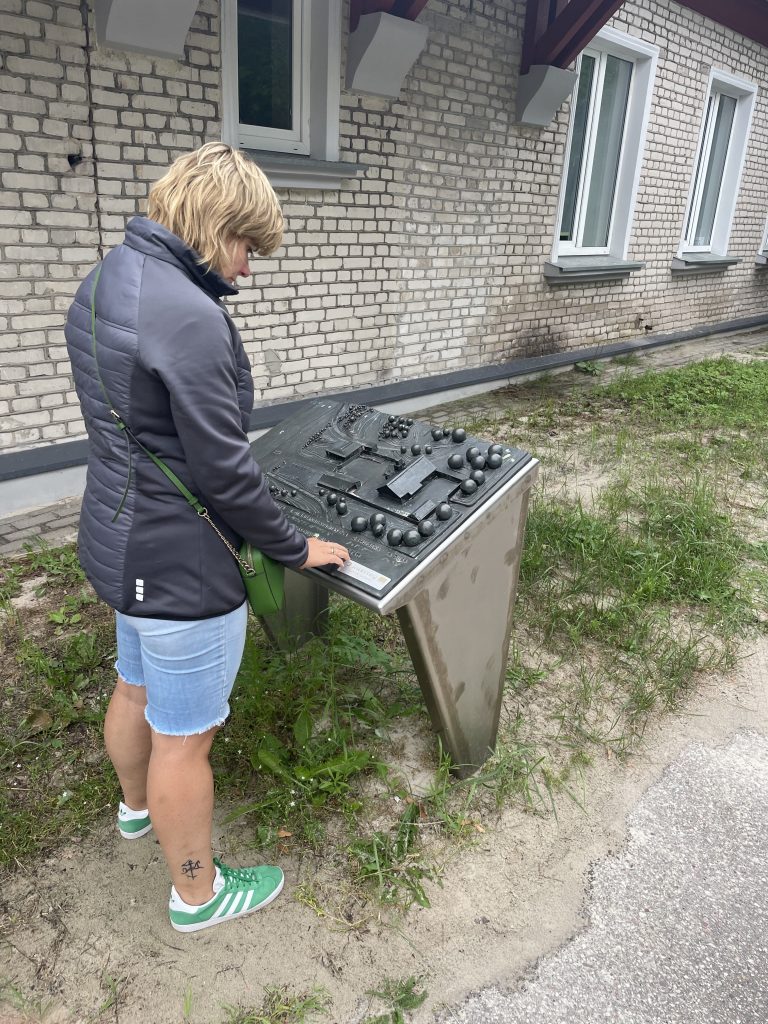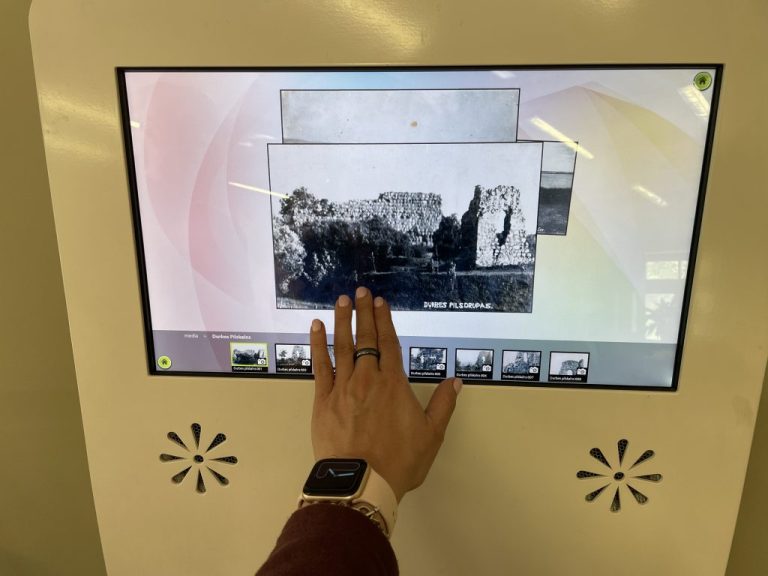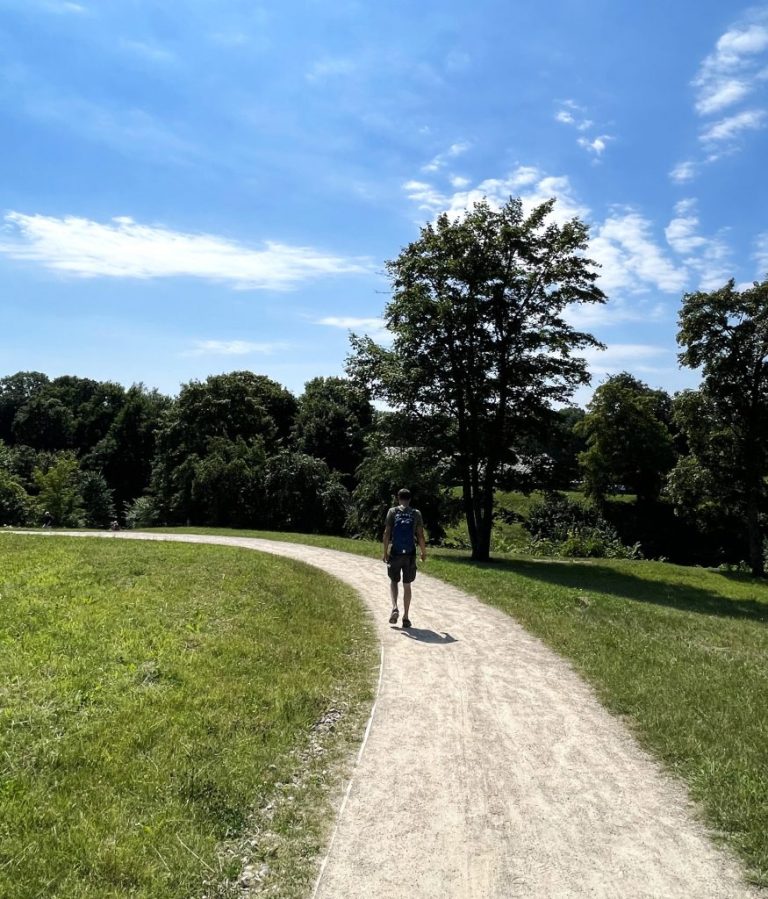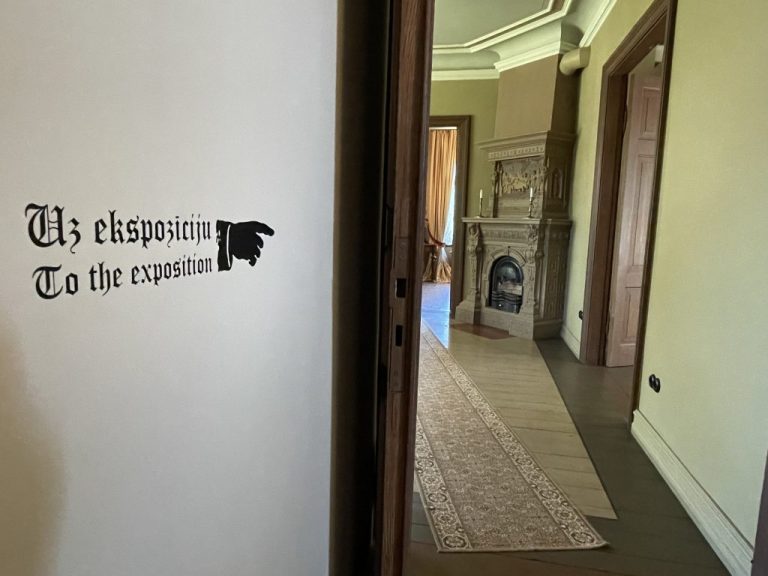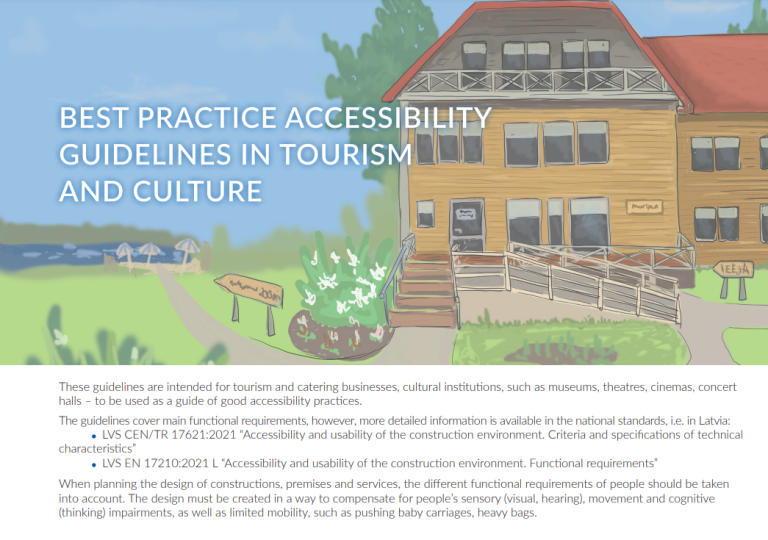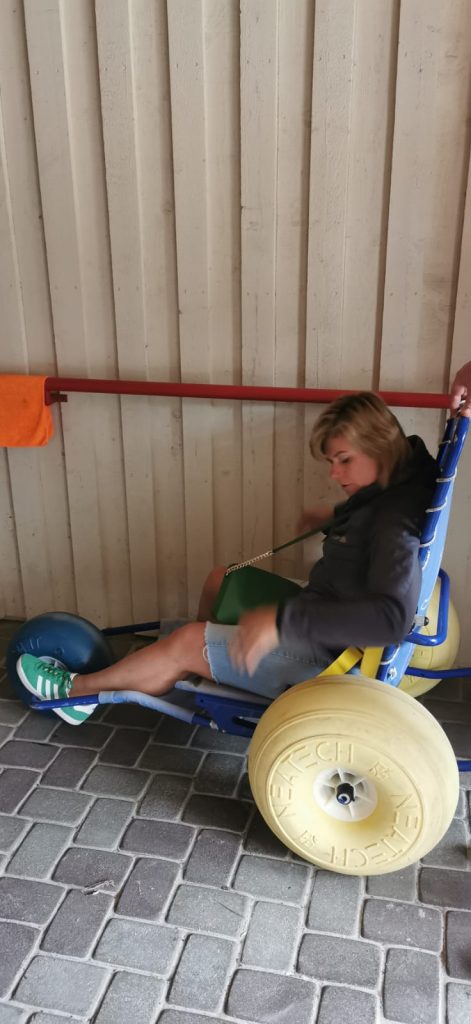During summer 2024 “Access Routes” project partners actively continue accessibility inspections in Kurzeme, Vidzeme, Tartu and Voru counties.
In Kurzeme and Vidzeme we carry out inspections together with accessibility experts from NGO Apeirons. In Tartu and Voru, accessibility inspections are carried out with the help from accessibility experts from EPIK – Estonian Chamber of of People with Disabilities.
In Kurzeme, we have so far been in Tukums, Dienvidkurzeme and Kuldīga counties, as well as Liepāja City and have inspected more than 35 objects – nature sites, trails, museums, expositions, cafes, guest houses and other toruist objects.
In Tukums area there are few objects which are partly accessible to wheelchair users – i.e. accessible with an assistant – Durbe Manor, Jaunmoku palace, Čužu swamp nature trail, paths at Mālkalns park and Ķemeri park, educational forest house and Melnalkšņu swamp path in Ķemeri, pizzeria “Kvazi Pizza”.
In Dienvidkurzeme access to wheelchair users is provided at Durbe antiquities repository, Rucavas center mill (1st floor), cafe “Dzintariņš” in Bernāti and with an assistant – Aizpute Museum and Bernāti beach boardwalk.
In Kuldīga we were really happy to see that Kuldīga Museum, Hotel Gothards, Kuldīga Art house, Kaļķu Street block, holet Kuldīgas Metropole, Cafè Riverside – all of them offer wheelchair accessible environment and services.
Liepāja City provides quite many interesting accessible sites and places – Liepāja street art route, Beach Park, where wheelchair users can also access the seafront and even take a swim in the sea using services provided by the Liepāja Beach Park Rescue Center accessibility complex. There’s also a city route for blind visitors.
Are there many sites which are not accessible? Yes, there are. Tourism businesses and administrators of culturally historical objects lack knowledge on how to practically arrange accessibility solutions so that they are comfortable, efficient and actually usable and how to balance the cost/benefit ratio, as often we hear that it is very expensive to adapt the environment, or that it is not possible due to the historical status of the building and similar. It has to be highlighted that neither organisations representing the right of people with disabilities, nor the state or municipal institutions aim to make the whole environment 100% accessible – it is objectively not realistic, e.g., in nature. However, where it is possible and for objects, which are significant and attractive to visitors, equal access to all has to be pursued. The Kurzeme Planning Region, by implementing numerous accessibility projects throughout more than 7 years, has proved that accessibility solutions are possible to be arranged with relatively small costs – therefore it is important to ask for assistance of accessibility experts to jointly find the best, simpliest and cheapest solution. Currently NGO Apeirons also actively works with the National Cultural Heritage Administration, with the aim to facilitate access to culturally historical heritage objects, since also historical buildings can be made accessible. Therefore for the whole summer we will continue accessibility inspections in Latvia adnd and start our joint work on creating 1-3 day long accessible tourist routes.
Project activities are being implemented with the support of the Interreg Estonia – Latvia Programme 2021-2027.
Infomation prepared by:
Project Leader in Kurzeme Planning Region
Alise Lūse
Tālrunis: 26567874, alise.luse@kurzemesregions.lv
